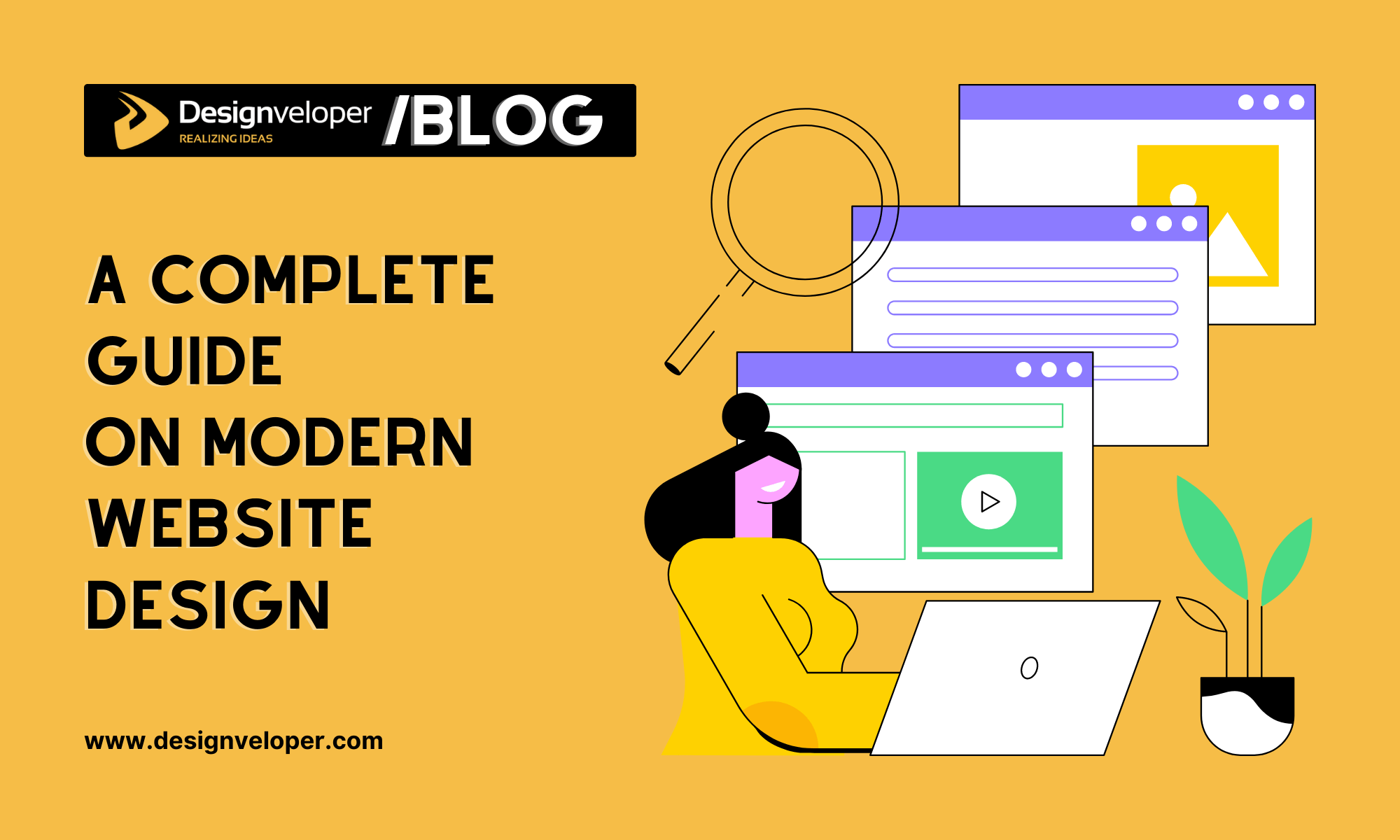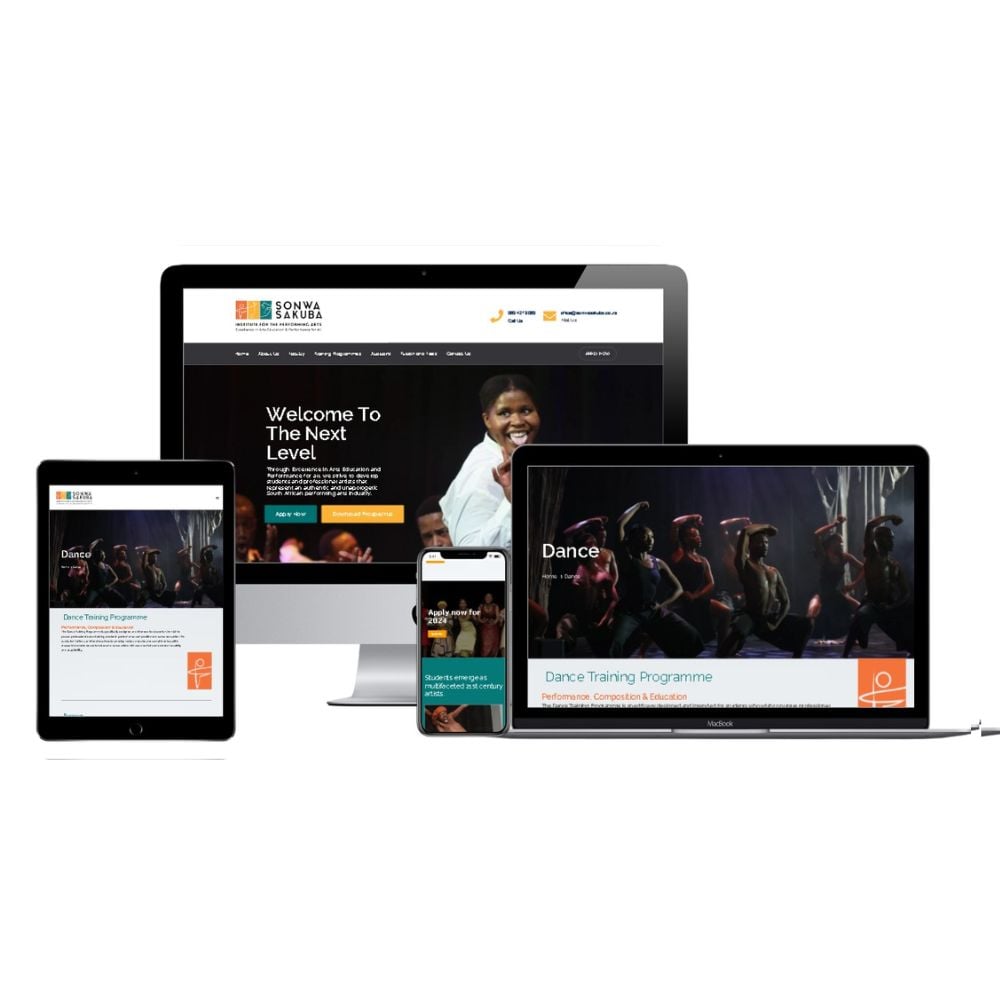Modern Web Site Style That Captures Interest and Converts
In a progressively digital landscape, modern web site layout has arised as a critical element in recording user focus and driving conversions. By tactically using aesthetic pecking order, responsive designs, and engaging interactive aspects, developers can produce experiences that not just draw in site visitors but likewise help with significant communications. In addition, effective call-to-action methods play a vital role in assisting users towards preferred outcomes. As we discover these necessary components, it ends up being clear that comprehending their interplay can significantly impact a website's efficiency and user fulfillment. What are the crucial elements that genuinely make a distinction?
Value of Visual Pecking Order
Aesthetic pecking order is a crucial element in site design, as it overviews users' focus and improves their general experience. By tactically organizing content, designers can route customers to one of the most vital details first, consequently increasing engagement and enhancing use. Effective aesthetic pecking order employs various strategies, consisting of dimension, color, comparison, and spacing. Bigger components naturally attract the eye, while contrasting colors can emphasize crucial messages, making them stand out amongst more controlled parts.
Integrating a sensible flow in material arrangement is important; as an example, placing one of the most essential information at the top of a web page promotes immediate recognition. Consistent use of typography, such as differing font dimensions and designs, aids establish a clear material structure. This organization not just aids in navigating but also develops trust, as individuals really feel more comfortable when they can quickly locate what they are seeking.
Eventually, a well-executed visual pecking order not just enhances aesthetic charm yet also dramatically affects user behavior. By prioritizing important components and making certain a seamless experience, developers can effectively transform visitors right into consumers, reinforcing the importance of this foundational design concept in contemporary web site advancement.
Responsive Layout for All Instruments
Developing a seamless experience across numerous tools is important in today's digital landscape, where users access web sites from desktop computers, tablet computers, and smart devices alike. Receptive layout is a vital strategy that makes certain web sites adapt fluidly to different display alignments, resolutions, and sizes. By employing versatile grids, photos, and CSS media inquiries, designers can produce designs that maintain visual integrity and performance, despite the tool being utilized.
The significance of receptive layout expands beyond appearances; it straight impacts individual involvement and conversion rates. A website that operates well on all tools urges longer check outs and reduces bounce rates, as customers are more probable to communicate with material that is easy to browse. Search engines, particularly Google, prioritize mobile-friendly websites in their rankings, making responsive style an essential component of search engine optimization (SEO)
Incorporating responsive design not just improves user experience but additionally improves the growth process. By developing a solitary website that works throughout devices, services can save time and resources compared to establishing separate mobile and desktop computer variations. Ultimately, receptive design is an essential approach for modern site layout, ensuring accessibility and contentment for all users, no matter of their device.
Engaging Interactive Components
While a receptive design lays the foundation for a functional site, integrating appealing interactive aspects is important for catching individual focus and fostering deeper connections. Website Design. Interactive elements, such as animations, tests, and clickable infographics, develop an extra vibrant individual experience, urging visitors to invest more time on the site
Incorporating interactive functions can likewise direct users through complex details, making it simpler to digest web content. For instance, interactive sliders can illustrate item variants, while ingrained videos can provide demos or testimonials that resonate greater than static pictures or text. In addition, gamification techniques, like rewards for finishing tasks or involving with content, can enhance user inspiration and retention.
Efficient usage of interactive components not only enhances the customer experience yet can additionally lead to greater conversion rates. It is essential to balance interactivity with performance; overly complicated attributes might prevent website rate, negatively influencing customer complete satisfaction.
Streamlined Navigation Practices
Efficient navigating is a keystone of any kind of effective website, as it directly affects individual experience and material access. Structured navigating techniques ensure that customers can conveniently locate info, enhancing their interaction with the site. A well-structured navigating menu should be simple and intuitive, commonly featuring a minimal variety of key categories to avoid frustrating visitors.
To achieve streamlined navigation, developers must prioritize an ordered framework that practically arranges material. Carrying out breadcrumb trails can offer users with context concerning their find out present location within the website, permitting seamless backtracking. Additionally, utilizing drop-down menus can properly preserve space while still giving access to subcategories.
Responsive design is essential, as navigating ought to be useful throughout all tools (Website Design). Mobile users, in certain, benefit from touch-friendly menus and collapsible areas that preserve use without jeopardizing aesthetics

Efficient Call-to-Action Methods
A well-crafted call-to-action (CTA) is necessary for guiding customers toward wanted results on a website, as it encourages them to involve with material or purchase. To optimize their effectiveness, CTAs ought to be clear, engaging, and purposefully placed throughout the website.
First, make use of action-oriented language that connects seriousness or worth, such as "Get going," "Join Now," or "Case Your Discount rate." This language not just encourages individuals yet likewise establishes clear assumptions about the next steps.
Second, consider design elements; CTAs need to stick out aesthetically through contrasting colors, sufficient whitespace, and prominent positioning. A button that is simple to see and click rises the possibility of user communication.
In addition, personalizing CTAs based on user habits or demographics can substantially boost engagement. Tailored messages reverberate extra with individuals, driving greater conversion rates.

Final Thought
These parts jointly boost user experience, making sure that visitors stay involved and motivated to explore content further. By focusing on site these layout concepts, companies can dramatically boost individual retention and conversion rates, ultimately leading to better success in the digital landscape.
In a significantly digital landscape, modern website layout has actually arised as a crucial factor in recording individual interest and driving conversions.Aesthetic power structure is an essential aspect in site style, as it overviews customers' interest and boosts their general experience.The importance of receptive design expands past looks; it straight impacts user engagement and conversion prices.Including responsive design not only enhances customer experience yet additionally simplifies the growth process. Eventually, responsive style is a fundamental approach for modern-day website style, ensuring ease of access and complete satisfaction for all customers, no matter of their device.